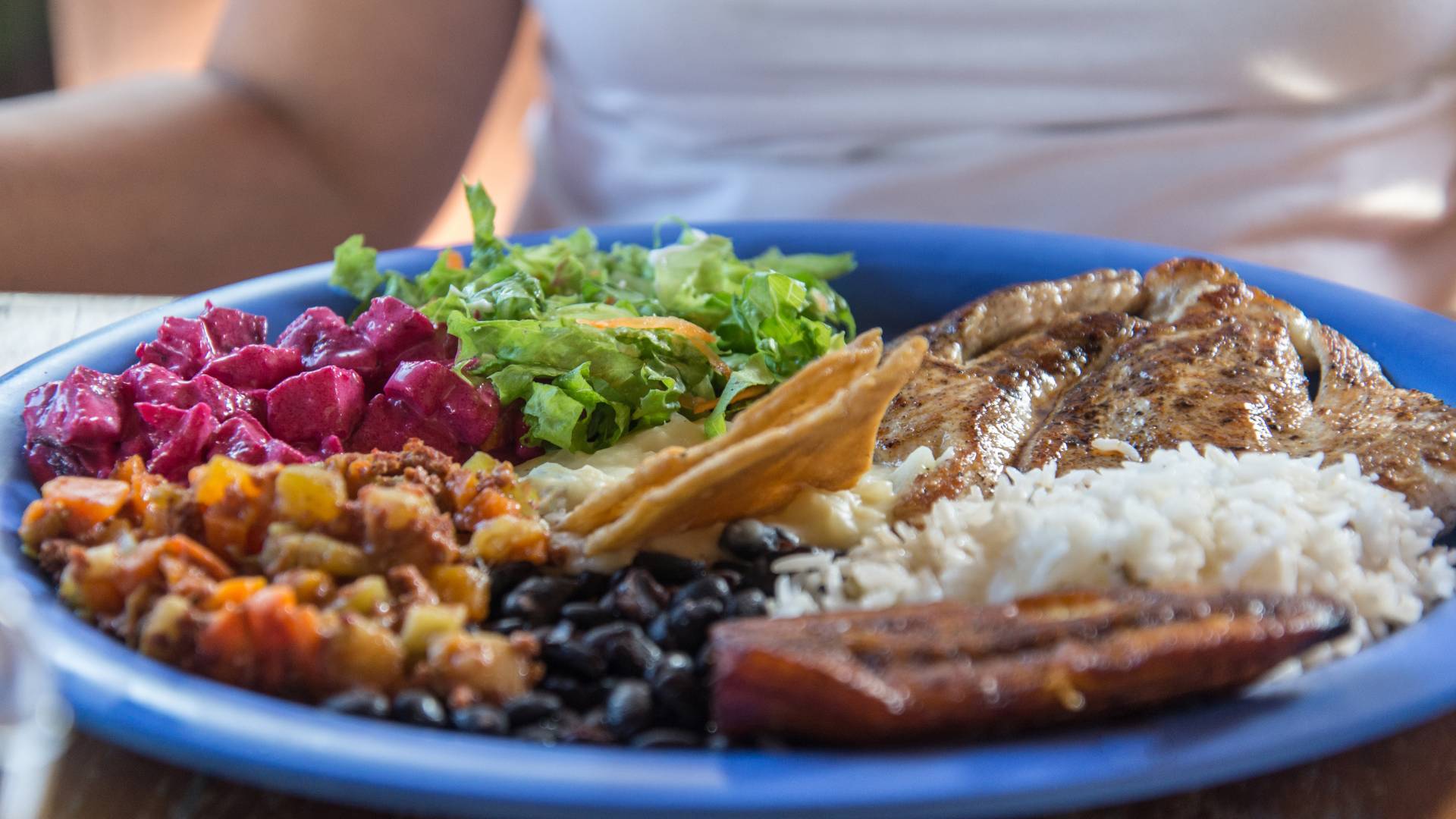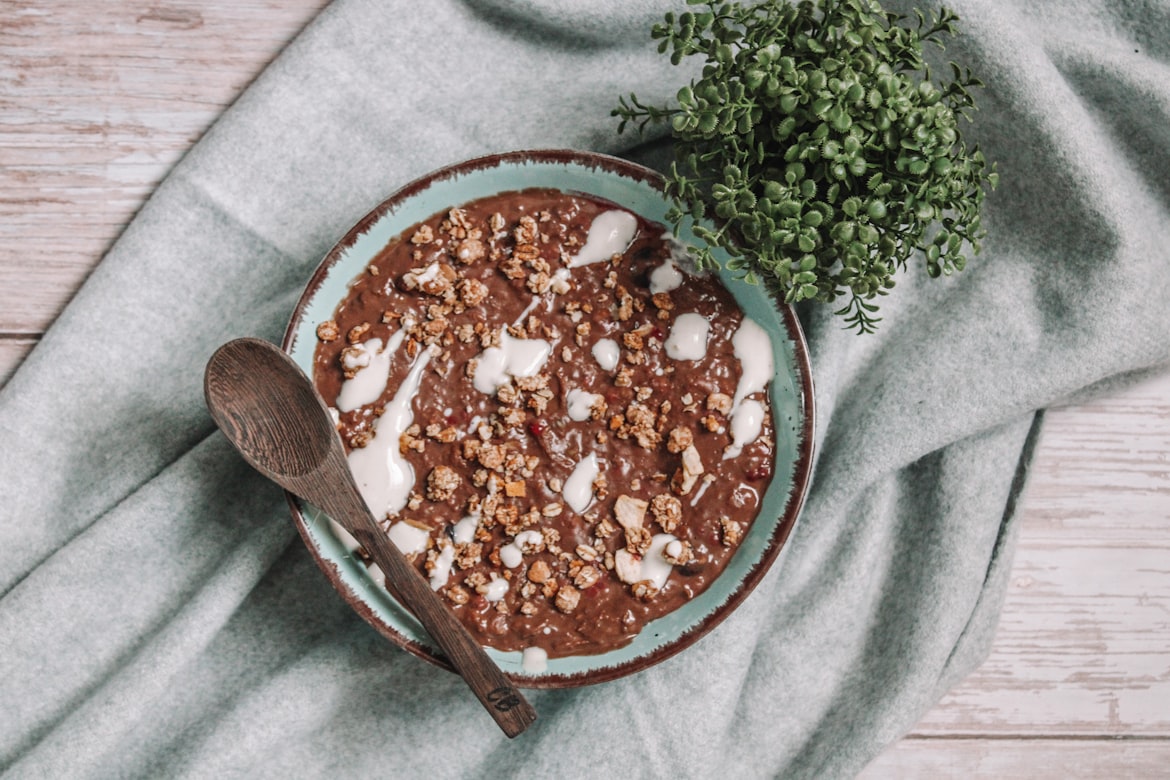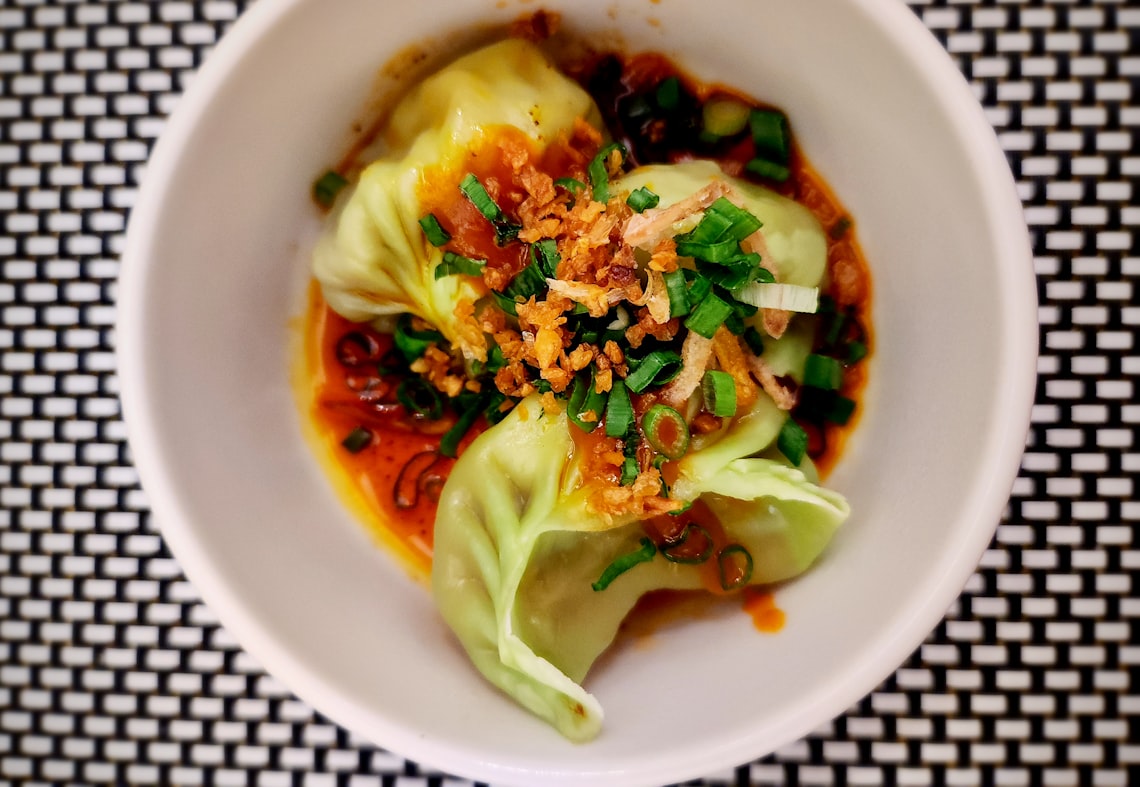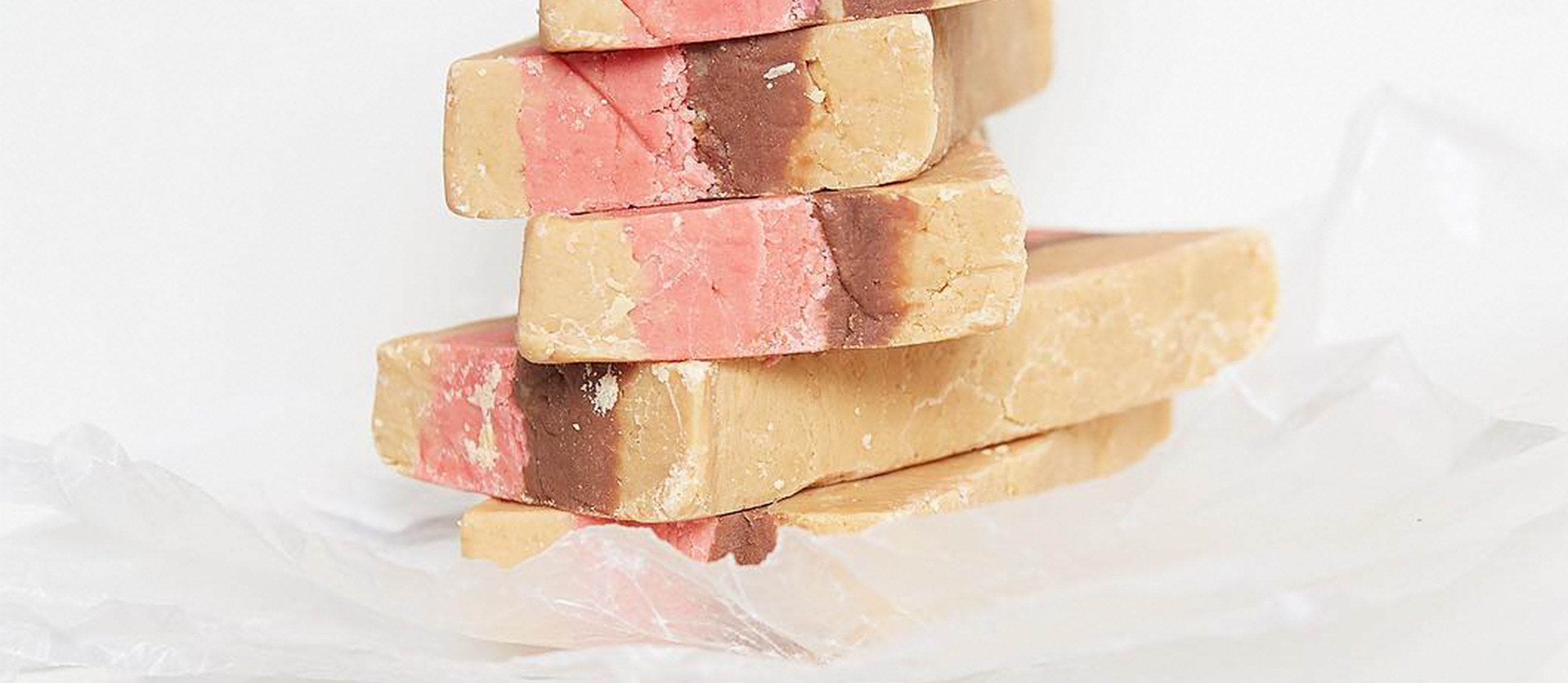
Cuban Breakfast Cafés: Morning Traditions
Cuba, a Caribbean island nation with a rich history and vibrant culture, is not only known for its music, dance, and colorful streets but also for its delectable cuisine. When it comes to breakfast, or “desayuno” in Spanish, Cuba has a unique and flavorful tradition that reflects the island’s diverse influences. Join us on a journey through Cuban Breakfast Cafés, where morning traditions come to life, showcasing the heart and soul of Cuban culinary heritage.
Cuban Breakfast Culture: A Celebration of Simplicity and Flavor
Breakfast in Cuba is more than just a meal; it’s a cultural ritual that emphasizes simplicity, freshness, and the joy of communal dining. Families gather around the breakfast table to share stories, laughter, and a spread of dishes that represent the unique blend of Spanish, African, and Caribbean influences in Cuban cuisine.
Café Cubano: The Heartbeat of Cuban Mornings
A visit to a Cuban Breakfast Café wouldn’t be complete without indulging in a cup of Café Cubano. This strong and sweet espresso, often served in small shots, is the heartbeat of Cuban mornings. The preparation involves brewing dark-roasted coffee beans with sugar, resulting in a robust and flavorful brew that kickstarts the day.
Tostada con Mantequilla y Jamón: Toasted Goodness
Tostada con Mantequilla y Jamón, or toast with butter and ham, is a simple yet satisfying breakfast staple in Cuba. The crusty Cuban bread is toasted to perfection, spread with a generous layer of butter, and topped with savory ham. This dish encapsulates the essence of Cuban breakfast – uncomplicated, delicious, and deeply satisfying.
Mango Smoothie: Tropical Refreshment
Cuba’s tropical climate is reflected in its breakfast choices, and a refreshing Mango Smoothie is a popular way to beat the morning heat. Blended with ripe mangoes, ice, and a touch of sugar, this smoothie is a burst of fruity goodness that adds a tropical twist to the traditional Cuban breakfast.
Huevos a la Cubana: Cuban-Style Eggs
Huevos a la Cubana, or Cuban-style eggs, is a savory dish that showcases the country’s culinary diversity. Fried eggs are served on a bed of white rice, accompanied by a flavorful tomato-based sauce and platanitos (fried plantains). This hearty and comforting dish embodies the fusion of Spanish and Caribbean influences in Cuban cooking.
Pastelitos de Guayaba: Guava Pastry Delight
No Cuban breakfast is complete without a sweet treat, and Pastelitos de Guayaba perfectly fit the bill. These flaky pastries are filled with sweet guava paste, creating a delightful combination of crispy layers and fruity sweetness. Pastelitos de Guayaba offer a taste of Cuba’s love for sugary delights in the morning.
Croquetas de Jamón: Ham Croquettes to Savor
Croquetas de Jamón, or ham croquettes, are a beloved snack that often finds its way to the Cuban breakfast table. These golden-brown delights are made from a mixture of ham, béchamel sauce, and breadcrumbs, resulting in a crispy exterior and a creamy, savory filling. Croquetas de Jamón add a savory touch to the morning spread.
Cuban Chocolate: A Sweet Conclusion
Cuban Chocolate, often enjoyed as a comforting drink, serves as a sweet conclusion to the Cuban breakfast experience. Made from locally sourced cacao beans, Cuban chocolate is rich, velvety, and slightly sweet. Whether sipped alone or paired with churros or a sweet bread, Cuban chocolate is a decadent way to conclude the morning meal.
Breakfast Harmony: Cuban Breakfast Cafés Unite Tastes
Cuban Breakfast Cafés exemplify the breakfast harmony created by the diverse and flavorful dishes that grace breakfast tables across the island. Whether savoring the heartbeat of Cuban mornings with Café Cubano, indulging in the simplicity of Tostada con Mantequilla y Jamón, refreshing with a Mango Smoothie, enjoying the savory delight of Huevos a la Cubana, delighting in the sweet Pastelitos de Guayaba, savoring the crispy Croquetas de Jamón, or concluding with the comforting Cuban Chocolate, breakfast in Cuba is a celebration of flavors, freshness, and cultural diversity.
So, the next time you find yourself in the enchanting world of Cuban Breakfast Cafés, appreciate the journey from the historic streets of Havana to the picturesque beaches of Varadero, the vibrant markets of Trinidad to the serene valleys of Viñales, and the breakfast tables around the world. Cuban breakfast is not just a meal; it’s a celebration of culinary diversity, a reflection of cultural richness, and a treasure that continues to captivate breakfast enthusiasts worldwide.…










